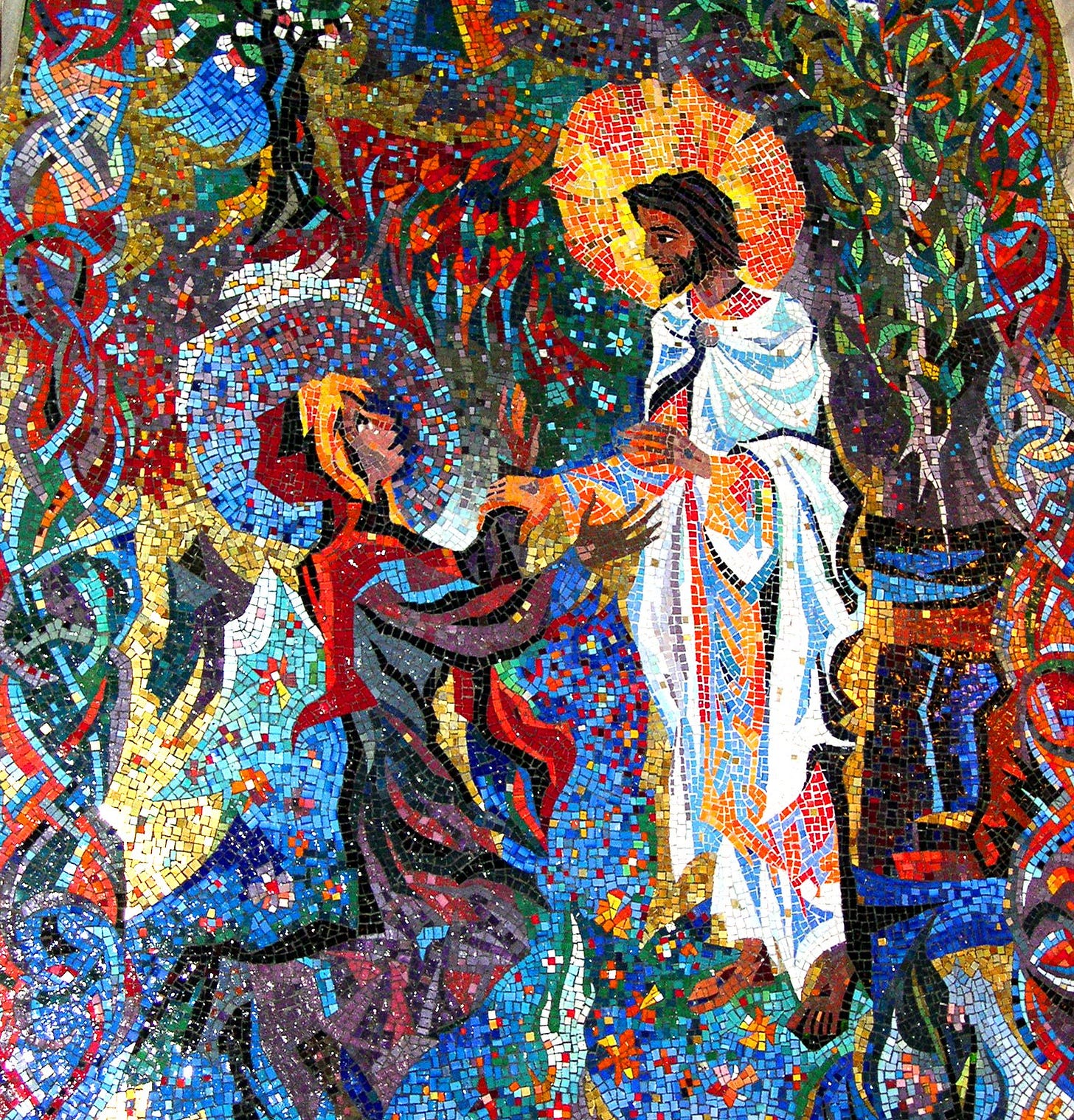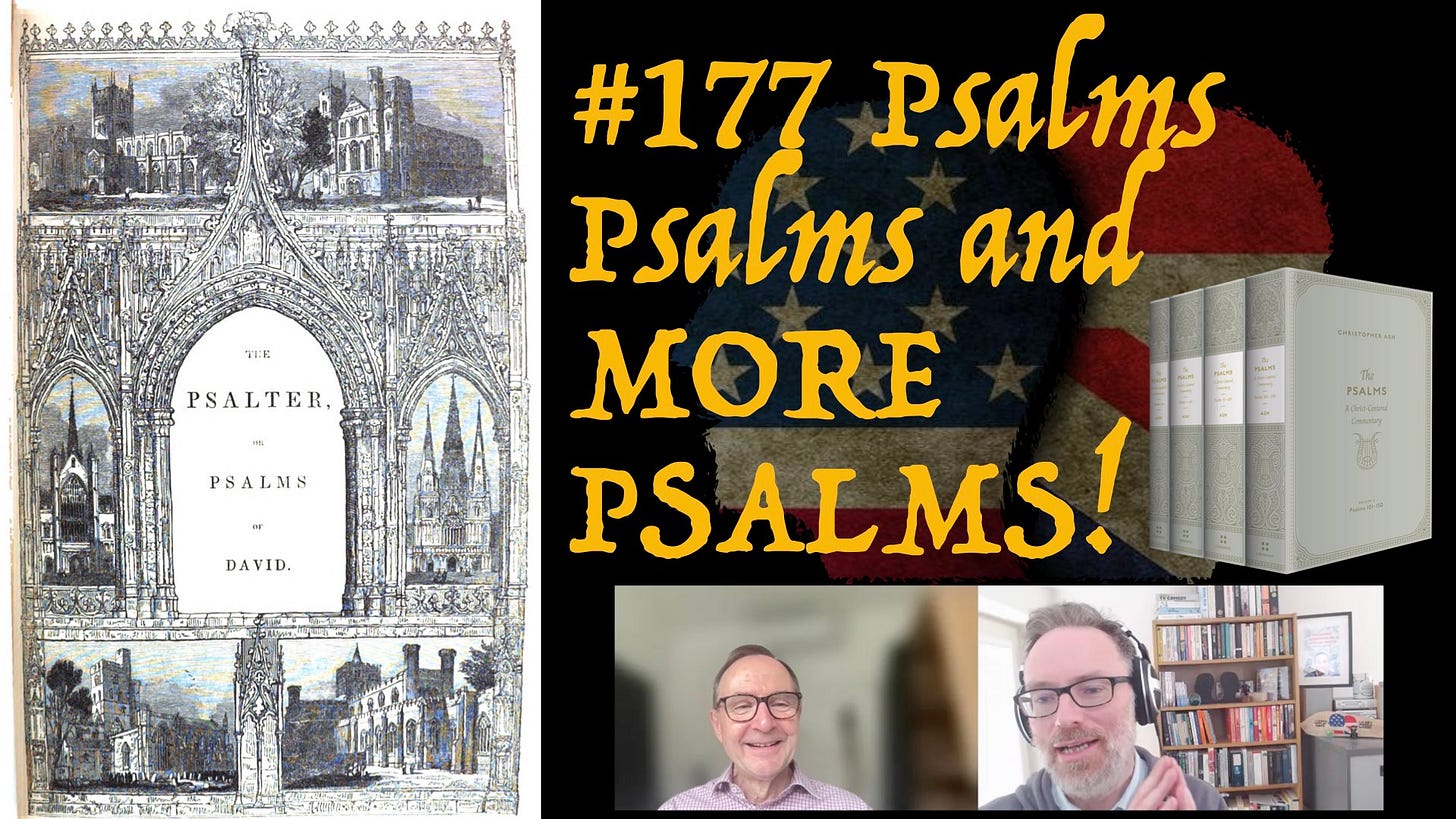
On 22nd July, many churches celebrate Mary Magdalene. Given she’s in the pages of Scripture, she gets a festival in the Church of England, although there is very little English pageantry or tradition surrounding this day. The Anglican churches named after Mary Magdalene might have their own festivities. There are 226 such churches, including 18 in my own diocese of Bath and Wells.
Today, many bristle at the idea that Mary Magdalene was a reformed prostitute. This notion appears to have come from a sermon by Pope Gregory the Great in 591 in which he connected Mary with other unnamed women in the gospel accounts. (I gather The Chosen has also gone down this route.)
This assertion about Mary’s past is hotly contested for good reason. According to Luke:
Jesus travelled about from one town and village to another, proclaiming the good news of the kingdom of God. The Twelve were with him, and also some women who had been cured of evil spirits and diseases: Mary (called Magdalene) from whom seven demons had come out; Joanna the wife of Chuza, the manager of Herod’s household; Susanna; and many others. These women were helping to support them out of their own means. (Luke 8:1-3)
So it looks like Mary Magdalene might have been a ‘woman of means’ making it unlikely that she had been a prostitute. But she had been a host to seven demons which were cast out by Jesus. This leads some to associate Mary Magdalene with other unnamed women in gospel accounts who may have been ‘sinful’ and met Jesus. We can’t be certain.
This uncertainty is exacerbated by the fact that Mary was a very common Jewish name in the 1st Century AD. That is why there are a few Marys in the gospels (along with many Jameses), and it’s rather hard to tell which is which. ‘Magdalene’, then, is a useful identifier. This Mary came from Magdala, a fishing town on the western edge of the Sea of Galilee, making her ‘Magdal-ene’, as Jesus was ‘Nazar-ene’.
This means that we can be in no doubt about her presence at an extremely significant moment in the gospel: the resurrection of Jesus.
The Second Eve
In John’s gospel, Mary Magdalene has an encounter with the risen Lord Jesus that takes us right back to Adam and Eve in the Garden of Eden. There’s already a clue planted in John 19:41 in which John says that Jesus’s tomb is in a garden.
Having alerted Peter and John, who come and corroborate her story and leave, Mary is left alone in the garden, weeping. She meets a man she assumes to be a gardener, the job of the first Adam, who is put into a deep sleep and wakes to find Eve, taken from his side, bone of his bone.
Mary Magdalene is meeting the second Adam, Jesus Christ, who has just risen the deeper sleep of death with a wound in his side where a soldier has pierced it. (John 19:34), evoking the very creation of Eve from Adam’s rib.
And so we have the picture of Jesus standing with a woman, his bride. Mary Magdalene is not an earthly wife (sorry, Dan Brown), but represents his gathered people, the Church.
The Wedding Theme
John has already foreshadowed this idea with Jesus’ first sign, in which Jesus turns water into wine at a wedding banquet (John 2). Soon after this, John the Baptist continues with the wedding theme (John 3:29).
In the garden of the tomb, Jesus asks Mary, “Whom are you seeking?” (John 20:15). This doesn’t just take us back to God asking Adam and Eve questions following the fall. It reminds us of Jesus’ very first words in the Gospel of John as he calls his first disciples, “What are you seeking?” (John 1:38). We now know that we do not seek an idea, a feeling or a talisman. We seek a person: the Second Adam, Jesus Christ.
22nd July, then, is good day to remember that we, the Church, are the Bride of Christ. Like Mary Magdalene, we were captivated by evil, by demons, false doctrines and the prince of this world. This is why Paul can write to the Christians in Colossae:
See to it that no one takes you captive by philosophy and empty deceit, according to human tradition, according to the elemental spirits of the world, and not according to Christ. For in him the whole fullness of deity dwells bodily, and you have been filled in him, who is the head of all rule and authority. In him also you were circumcised with a circumcision made without hands, by putting off the body of the flesh, by the circumcision of Christ, having been buried with him in baptism, in which you were also raised with him through faith in the powerful working of God, who raised him from the dead.
And you, who were dead in your trespasses and the uncircumcision of your flesh, God made alive together with him, having forgiven us all our trespasses, by cancelling the record of debt that stood against us with its legal demands. This he set aside, nailing it to the cross. He disarmed the rulers and authorities and put them to open shame, by triumphing over them in him. (Colossians 2:9-15)
Let us do as Mary Magdalene did and tell the world ‘I have seen the Lord!’.
Having Words about the Psalms
On the latest episode of the Cooper and Cary Have Words podcast, I have words with the truly delightful Christopher Ash, who has just written a magisterial work for Crossway on the Psalms, and particularly finding Christ in the Psalms.





